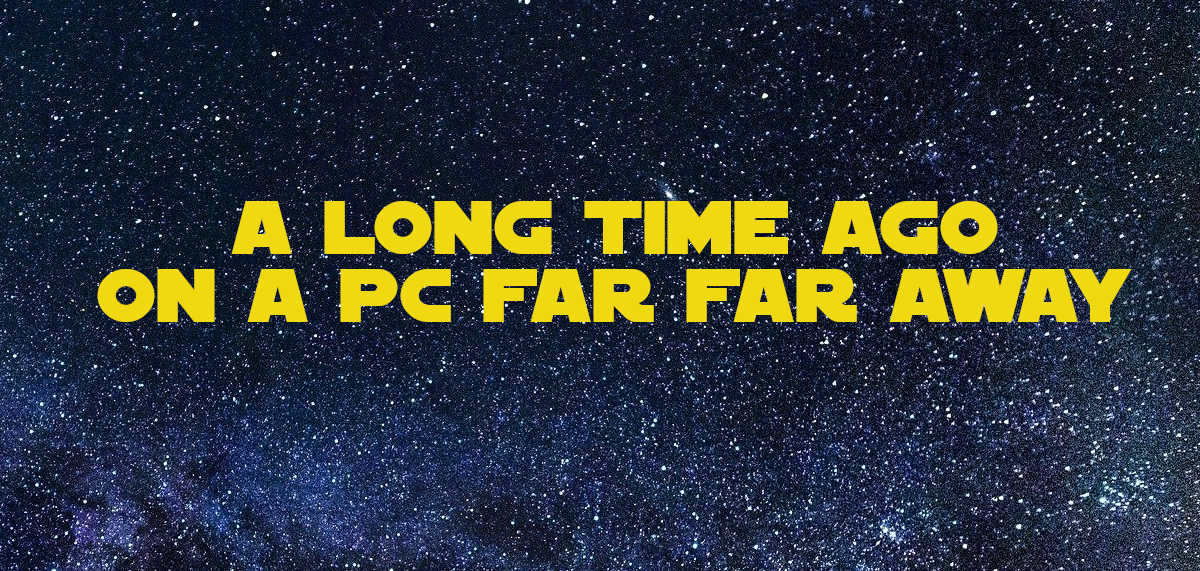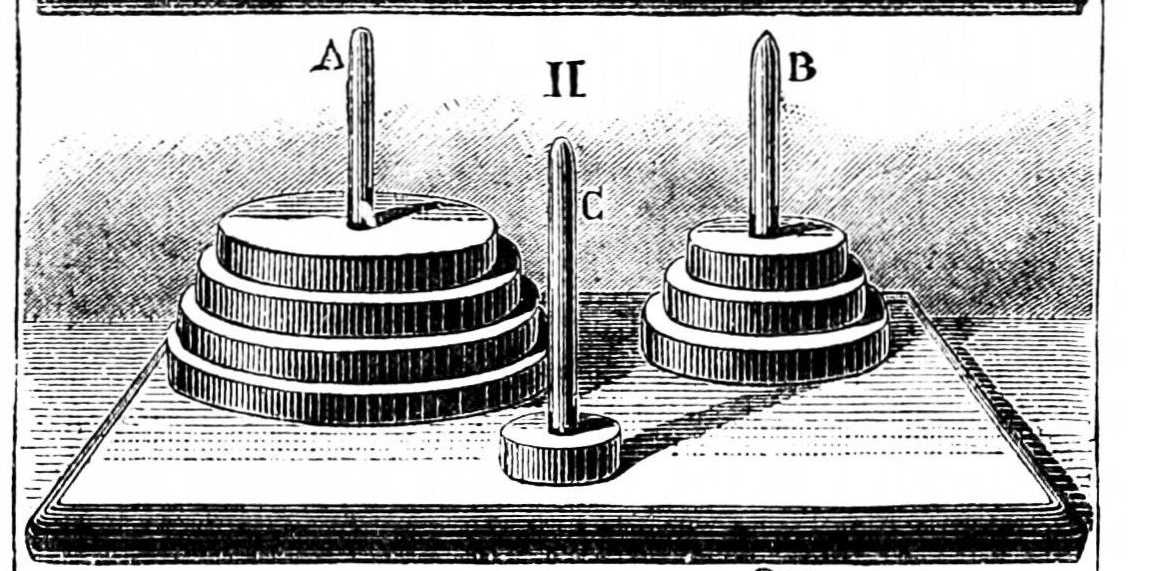I had previously struggled to work out how to deal with injected dependencies that required some data. For example, if you are injecting a mail service, it is going to need the server settings. That’s fine when the service is a class in your own project, but when you want to wrap it up into a reusable Nuget package, it doesn’t work quite so easily.
I finally discovered how easy it is to inject the service with the required settings, so blogged about it before I forgot!










Leave a Comment